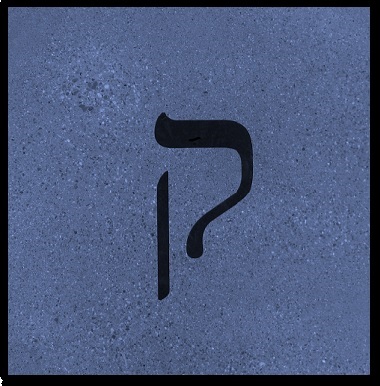As the summer passes its midway point rabbis begin to think seriously about the coming Days of Awe. We know that Rosh Hashanah and Yom Kippur provide us the largest congregations we are likely to see during the year.
It is a humbling and daunting task to attempt to craft messages that will resonate with those who come to worship.
Our hopes are high. We spend hours preparing what we hope might be life changing messages.
And yet, realistically, we know that the meaning the season of repentance will have for individual Jews depends more on what each of us is willing to do than on what even the most eloquent rabbi will say.
Rosh Hashanah and Yom Kippur (and the entire month that precedes them) call on us to engage in serious reflection. If we take the season seriously it is an intense process of self-analysis and acknowledgment of our shortcomings and failures fueled by an earnest desire to change our actions for the better.
But it was not always that way.
In biblical times (Leviticus 23:24-25) Rosh Hashanah was simply a time to sound the shofar on the first day of the seventh month. Some scholars, notably the Norwegian Protestant theologian Sigmund Mowinckel (1884-1965), plausibly suggest that it was the beginning of a Festival of Enthronement. The Festival culminated on Sukkot with God triumphing over pretender gods and establishing the Divine reign for the coming year.
In the midst of this month long festival, Yom Kippur featured the ritual of the “scapegoat.” (Leviticus 16) The high priest selected two goats, one for a sacrifice on the altar and the other to symbolically carry the sins of the Children of Israel away into the wilderness.
As the Torah says: ‘And Aaron shall lay both his hands upon the head of the live goat, and confess over him all the iniquities of the people of Israel … putting them on the head of the goat … and he shall send the goat off into the wilderness. (Leviticus 16:21-22)
Rabbinic literature attests that the person led the goat to a mountain peak and pushed the goat down. “Before it reached halfway down the hill it was dashed to pieces (B. Yoma 67a).”
Our modern sensibilities recoil at the notion that our wrongdoings can—even symbolically—transfer themselves onto an innocent goat whose death in the wilderness atones for our transgressions.
Today we are responsible for our own atonement.
We observe Yom Kippur by—if and only if our health permits—abstaining from food and drink. We then spend the day in serious contemplation of our wrongdoings and in prayer asking God to forgive our sins.
Our tradition (Mishnah Yoma 8:9) insists that before we can expect God to answer our prayers for forgiveness we must first go to those we have wronged in the past year and try to appease them.
My Hebrew teacher in Israel, the late Sarah Rothbard, whom I revered, said: “It is not just a credit to the Jewish people that we invented a day like Yom Kippur. It is a credit to all humanity.”
What a wonderful concept for all of us to embrace! We humans can examine our actions, repent our wrongdoings and change for the better!

